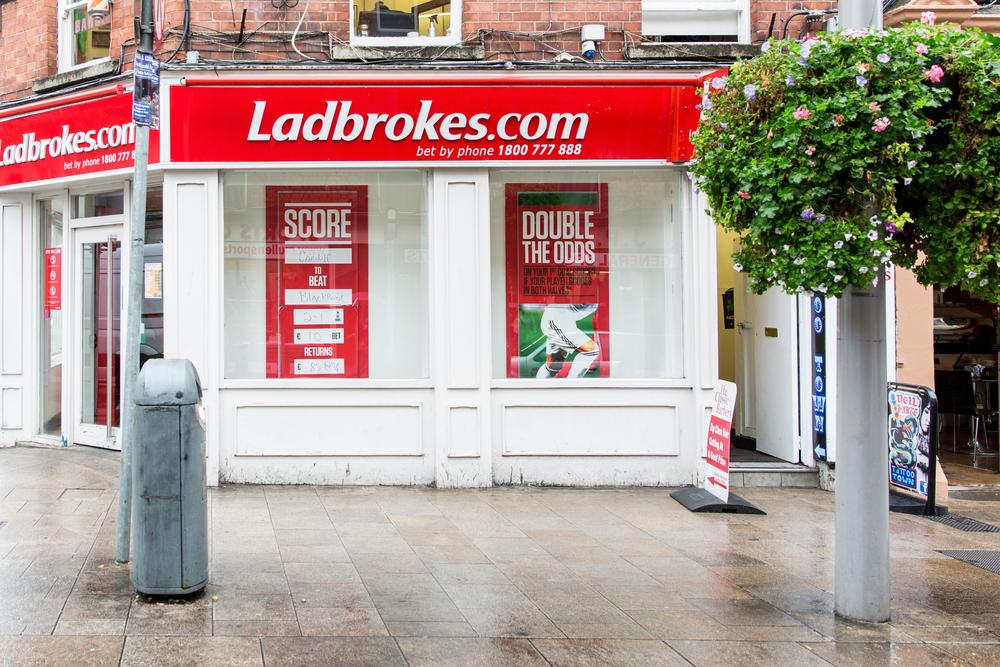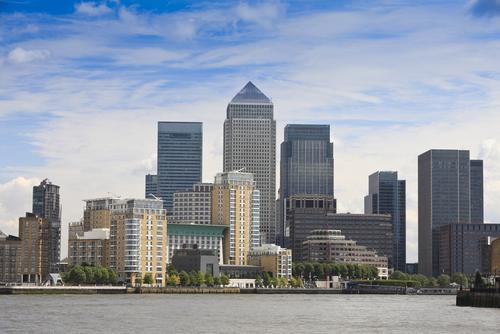Italy’s first tech conference to debut in Rome this week
Crowd2Fund’s venture debt: the new kid on the alternative finance block
What is venture debt?
Venture debt is a form of short term financing, typically used as project based finance for a specific purpose. It differs from traditional debt due to the duration of the loan being relatively short, and due to carrying a higher interest rates, normally at more than 10 percent. It will be typically used by businesses which are already generating revenues, and will be able to service the debt. Unlike traditional debt these businesses do not necessarily have to have two years trading history and revenues over £100,000. Crowd2Fund’s credit assessment of businesses seeking venture debt takes into account reviewing strategy plans of the business, the previous business activity of the founders, as well as the company’s historic trading data. The increased APR of venture debt is indicative of the increased level of due diligence carried out. Whilst this enhanced form of due diligence will mean that only the most credit worthy venture debt deals make it onto the platform, and Crowd2Fund still maintains a 0 percent default rate, some failures should still be expected.What types of businesses is venture debt suitable for?
Venture debt is suitable for earlier stage businesses which are fast growing, typically at a rate of 50 percent revenues year on year, and who would not normally have access to traditional to debt. They key metric is their revenue growth trajectory, typically double digit growth year on year. Whilst these businesses could sell equity to raise funds, this is often not their preferred option due to them not wanting to sell parts of their company, at a relatively low price early on in their lifecycle. The profile of these businesses is high quality, typically run by people who already have a proven track record.Why would a business choose to take out a loan with an interest rate as high as 15 percent?
Whilst a 10 percent -15 percent interest rate sounds high, this is relatively cheap due to the terms of venture debt being for a short period of time, and due to the associated overall interest payments cost being relatively low once this is factored in.What are the implications of venture debt for the investor market?
Venture debt will allow retail investors to participate in a new asset class, generating higher returns than existing comparable products on the market. As these types of investments are riskier than other debt crowdfunding products, only sophisticated investors will be able to deploy funds in these campaigns. The weighting of venture debt opportunities in an individual’s portfolio will be based on their risk appetite and investment objectives. Sophisticated investors with less tolerance for risk will be encouraged to mitigate this by including venture debt as a relatively small percentage of their portfolio.Innovative ski brand Planks seeks first £100,000 Venture Debt on Crowd2Fund
Ladbrokes Coral shares plunge after “challenging conditions” lead to revenue fall
Chief executive Jim Mullen said the retail business continued to “exhibit the negative trends reported since the middle of 2016”, pointing towards the “challenging” conditions on the UK high street.
The group’s online offering remains strong, with sales up 22 percent and helping mitigate the effects of slow over-the-cunter betting.
Mullen continued: “Trading in the period was in-line with our expectations. We see encouraging trends in Digital sportsbook and gaming with continued enthusiasm for our multi-channel products in all our major markets and over a million customers now signed up in the UK alone.” Ladbrokes shares are currently down 4.67 on the news at 122.30 (1544GMT).Euro zone business activity hits highest level in six years
8 Mid-Cap Monsters Shaking off Brexit Blues
Download this report now and discover:
⇒ 8 FTSE 250 stocks shaking off Brexit blues
⇒ The impact of a conservative landslide on London’s mid-cap index
⇒ How currency fluctuations are driving share prices
This report is now publicly available, you can request your copy below:
Ocean Capital Group – Risk Warning Notice All investments contain an element of risk therefore the value of investments, and the income from them can fall as well as rise, and you may get back less than you invested. An investment’s past performance is not a reliable indicator of future performance. Tax treatment depends on your individual circumstances and may be subject to change in the future. If in any doubt, please seek further independent advice. The information in this report is not intended for distribution to, or use by, any person in any country or jurisdiction where such distribution or use would be contrary to local law or regulation Ocean Capital Group is a trading name of TS Capital Limited who is authorised and regulated by the Financial Conduct Authority (FRN: 447281). Registered Office: TS Capital Limited, 4th Floor, 6 Lloyds Avenue, London EC3N 3AX. Details about the extent of our regulation by the Financial Conduct Authority are available from us upon request or can be accessed via the FCA Register at: register.fca.org.uk/
This report has been issued and approved by Ocean Capital Group










